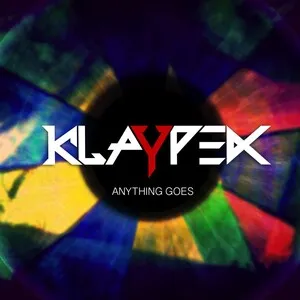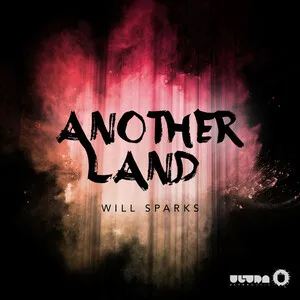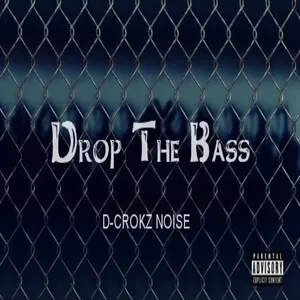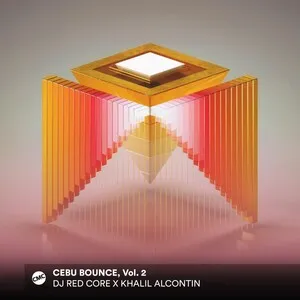Your digging level
Description
Melbourne bounce is a high-energy offshoot of electro house that emerged from Australia in the early 2010s. It is characterized by a driving 4/4 kick, short off-beat bass stabs that create a rubbery “bounce” groove, and sparse, percussive drops built around punchy lead stabs, brass-like synths, and tom/snare fills.
Typically sitting around 126–130 BPM (often 128), the style favors minimal, festival-ready arrangements with big build-ups, chantable vocal chops, and highly DJ-friendly intros/outros. The sound is bright, playful, and kinetic—designed to work on large dancefloors while remaining simple enough to be irresistibly catchy.
History
Melbourne bounce grew out of Melbourne’s local club scene, evolving from what many DJs called “Melbourne minimal” into a leaner, festival-facing form of electro house. Producers in Australia began emphasizing a distinctive off-beat bass stab pattern, tight drum programming, and sparse but powerful drops that translated well to packed dancefloors.
The style burst onto the international stage through a wave of breakout records and remixes. TJR’s “Ode to Oi” (2012), Will Sparks’ “Ah Yeah!” (2012/2013), Joel Fletcher & Savage’s “Swing” (2013), Deorro’s “Yee” (2013), and VINAI & TJR’s “Bounce Generation” (2014) brought the sound to major labels and festival main stages. Australian artists such as Will Sparks, SCNDL, Uberjak’d, Reece Low, J-Trick, and Timmy Trumpet became key ambassadors, while international names adopted the bounce groove in their drops.
By the mid-2010s, the core bounce toolkit—off-beat bass stabs, punchy stabs/leads, and tom/snare fills—became a go-to drop formula in big-room contexts. As trends shifted toward future house, bass house, and psy-influenced festival styles, Melbourne bounce’s prominence cooled, but its DNA lived on in more melodic “future bounce” and in festival drops that still borrow its bouncy groove. The genre remains a staple in Australian club culture and an enduring reference point for high-impact, minimal drops.













